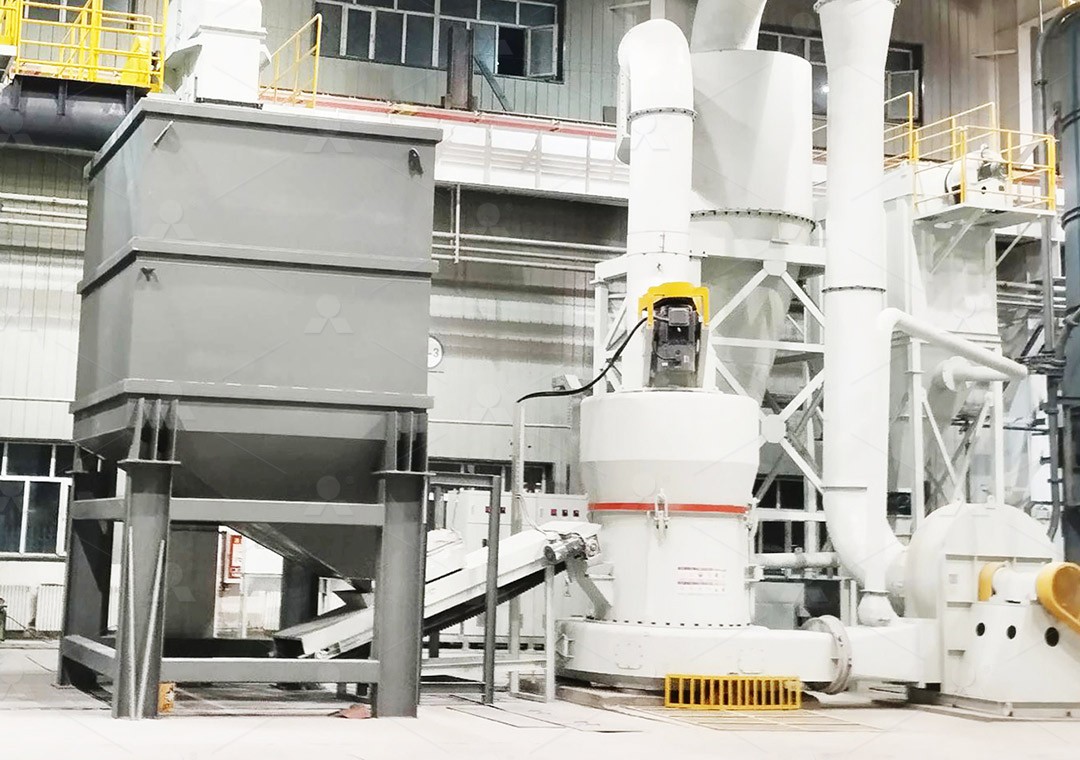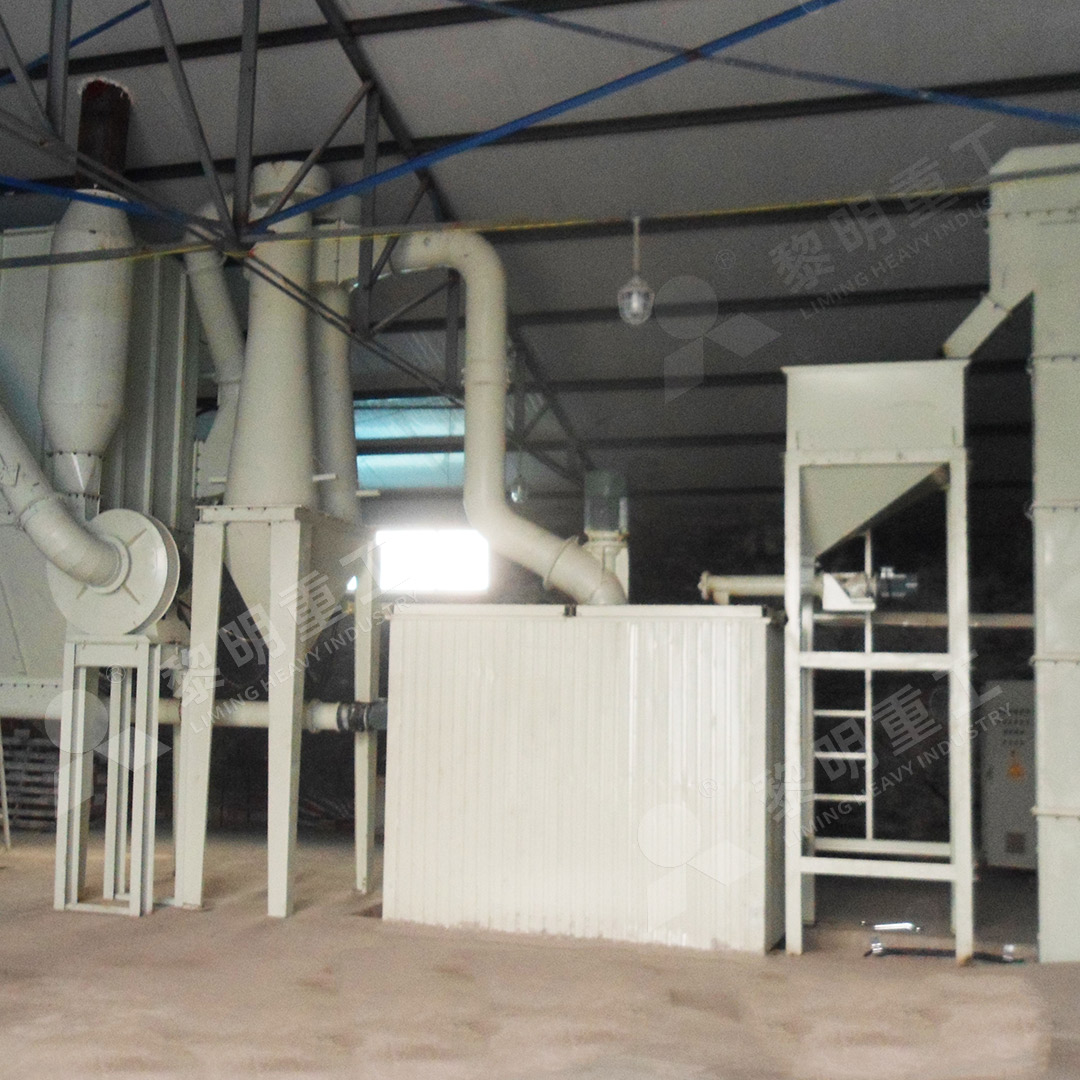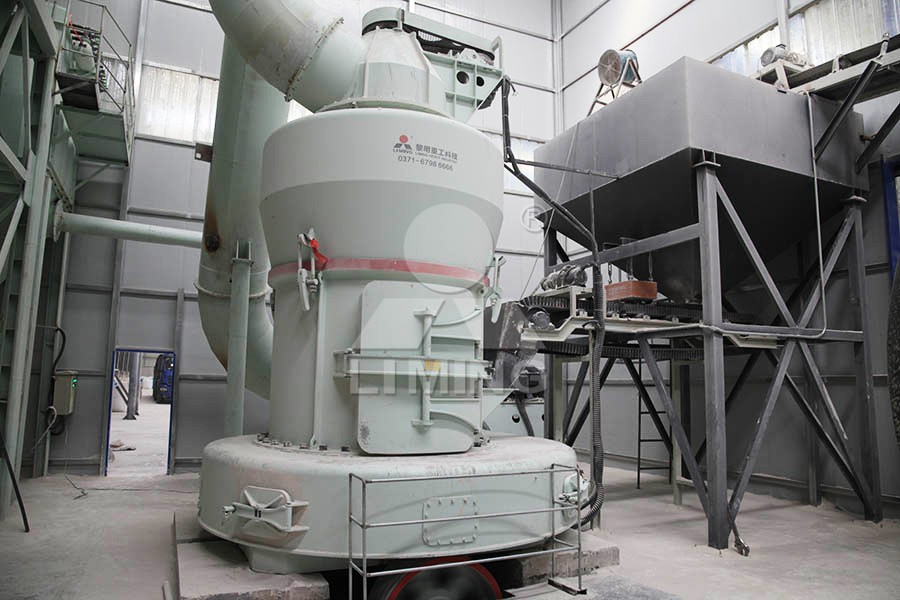325 Mesh Coal Gangue Grinding Mill: Price, Process & Supplier Guide
325 Mesh Coal Gangue Grinding Mill: Price, Process & Supplier Guide
Coal gangue, a solid waste generated during coal mining and washing, presents both environmental challenges and valuable opportunities when processed correctly. Grinding this material to 325 mesh (approximately 45 microns) unlocks its potential for various industrial applications, from construction materials to soil conditioners. This comprehensive guide explores the technical and commercial aspects of 325 mesh coal gangue processing.
Understanding the 325 Mesh Standard
The 325 mesh specification refers to powder that passes through a screen with 325 openings per linear inch, corresponding to particles smaller than 44 microns. At this fineness, coal gangue develops enhanced pozzolanic activity, making it suitable for cement production, concrete admixtures, and ceramic ingredients. The transformation from raw gangue to valuable powder requires specialized grinding equipment capable of handling the material’s abrasive nature while achieving consistent particle size distribution.

Key Considerations for Coal Gangue Grinding
Successful coal gangue processing demands attention to several critical factors. The moisture content typically ranges between 10-15%, requiring integrated drying capabilities in the grinding system. Abrasiveness varies significantly based on geological formation, impacting wear part longevity. Additionally, the presence of pyrite and other minerals can influence chemical reactivity and equipment selection.
When evaluating grinding mills, consider these operational parameters:
- Feed size compatibility (typically 0-20mm for optimal efficiency)
- Production capacity requirements (from pilot-scale 0.5 tph to industrial 25 tph)
- Energy consumption per ton of finished product
- Wear part replacement frequency and costs
- Environmental compliance features
Equipment Selection: Finding the Right Mill
The market offers various grinding technologies, each with distinct advantages for coal gangue processing. Traditional Raymond mills provide cost-effective solutions for coarser applications but may struggle with energy efficiency at finer meshes. Ball mills offer reliability but typically consume 30-40% more power than advanced alternatives. For 325 mesh production with higher efficiency, modern vertical roller mills and ultrafine grinding systems deliver superior performance.
Among these options, our MW Ultrafine Grinding Mill stands out for coal gangue processing. With an input size capacity of 0-20 mm and production range of 0.5-25 tph, it efficiently handles the material characteristics while achieving the target fineness. The mill’s innovative design eliminates rolling bearings and screws in the grinding chamber, addressing common failure points in abrasive applications. The German-designed cage-type powder selector enables precise control between 325-2500 meshes, with screening rates achieving d97≤5μm in a single pass.

Technical Advantages of Modern Grinding Systems
Contemporary grinding mills incorporate features specifically beneficial for coal gangue processing. The MW Ultrafine Grinding Mill demonstrates 40% higher production capacity compared to jet mills and double the output of ball mills at equivalent fineness and power consumption. Its system energy consumption represents just 30% of jet grinding mills, significantly reducing operational costs.
Environmental considerations are addressed through integrated pulse dust collectors that eliminate particulate emissions during operation. Combined with silencers and noise elimination rooms, these systems operate well within national environmental protection standards. The external lubrication system allows maintenance without production stoppages, supporting continuous 24-hour operation critical for industrial-scale processing.
Economic Considerations: Pricing and Operational Costs
Grinding mill pricing varies significantly based on capacity, features, and manufacturer. Entry-level systems for small-scale operations may start around $50,000, while high-capacity industrial systems can exceed $500,000. Beyond initial investment, operational expenses including power consumption, wear part replacement, and maintenance labor determine long-term profitability.
The MW Ultrafine Grinding Mill reduces these operational costs through several mechanisms. The absence of internal screws and rolling bearings in the grinding chamber minimizes maintenance interventions. Higher grinding efficiency directly translates to lower energy costs per ton. Additionally, the precision manufacturing of core components extends service life, reducing replacement frequency.

Supplier Selection Criteria
Choosing the right equipment supplier involves evaluating technical support capabilities, spare parts availability, and industry experience. Established manufacturers with integrated production and sales organizations typically provide more reliable after-sales service. Look for suppliers offering comprehensive technical support, original spare parts guarantees, and operational training.
Our company maintains complete responsibility for every machine we produce, from manufacturing through operational support. We provide original spare parts and technical services to ensure worry-free operation, recognizing that grinding mill performance depends on sustained support throughout the equipment lifecycle.
Frequently Asked Questions
What is the typical energy consumption for grinding coal gangue to 325 mesh?
Energy requirements vary by equipment type. Advanced systems like the MW Ultrafine Grinding Mill consume approximately 30-50% less power than traditional ball mills, with specific consumption typically ranging between 25-40 kWh per ton depending on material characteristics.
How often do wear parts require replacement in coal gangue grinding?
Wear part longevity depends on material abrasiveness and operating conditions. In the MW Ultrafine Grinding Mill, the optimized grinding curve and special alloy materials extend service life to 1.5-2 times that of conventional mills, with typical intervals of 800-1,200 operating hours for most abrasive applications.
Can the same equipment process materials other than coal gangue?
Yes, modern grinding mills like the MW series handle various non-metallic minerals including limestone, calcite, dolomite, gypsum, barite, and talc. This versatility allows operations to process different materials as market demands shift.
What environmental controls are necessary for coal gangue grinding?
Integrated pulse dust collectors effectively control particulate emissions, while silencers and noise elimination rooms address acoustic pollution. Modern mills operate under negative pressure systems that prevent dust escape, meeting stringent environmental standards without additional equipment.
How does moisture content affect grinding efficiency?
Optimal grinding occurs at moisture levels below 5%. For higher moisture content, systems with integrated drying capabilities or pre-drying equipment are recommended. The MW series can be configured with hot air sources to simultaneously dry and grind materials with elevated moisture.
